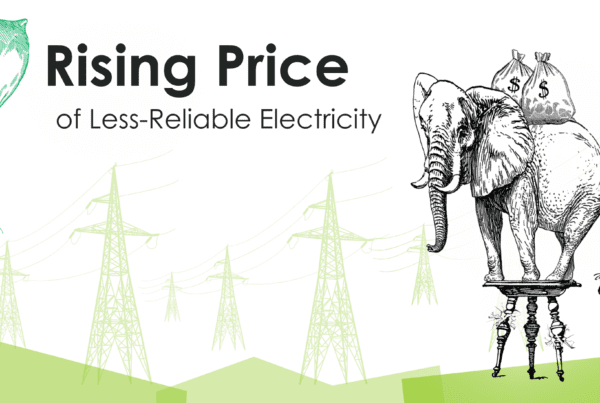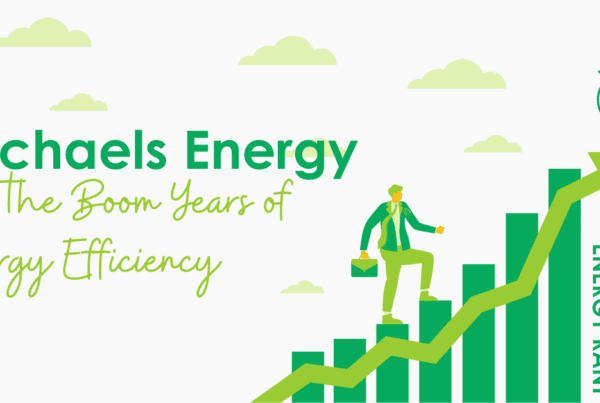
Time flies even during pandemics. Two years ago, I found the quote, “Casual observers are often wrong” by Charles Bayless with Public Utilities Fortnightly. Back then, the Rant topic was that battery storage increases carbon emissions – because “Batteries, or any storage, only swap dispatchable, conventional resources; never renewable resources. Result: increased emissions.” Whenever energy is converted from electricity to battery and back to electricity, the nasty second law of thermodynamics intervenes to steal some energy. The result is more source energy consumption and more GHG emissions.
That introduction leads to today’s edition of “casual observers are often wrong.” This one is brought to us by Utility Dive: Where should batteries be put to manage wind and solar power? Well, per my 2019 research, batteries don’t manage wind and solar power.
When I first read that title, I thought you always put storage behind a constraint, or its value is diminished. For example, to avoid major compressed air system upgrades, storage is often a simpler, cheaper, and superior choice. The storage should be located out in the system where the spikes in load occur. This storage application can help avoid:
- Replacing compressed air lines (pipes) with larger lines – expensive!
- Adding another compressor – expensive and dumb
- Adding another compressor and increasing the operating pressure – very expensive and very dumb
The compressed air example of congestion is very similar to congestion in an electrical grid or distribution system.
Perspectives are Critical
During our AESP decarb course, attendees learned that combined heat and power is not a heat recovery technology like many demand-side management programs treat it. Those programs award the recovered heat as displaced natural gas consumption. That is wrong-headed. The more appropriate perspective for combined heat and power is that it takes advantage of the need for consistent high thermal loads to generate electricity very inexpensively and with lower carbon emissions.
Likewise, batteries and other electric storage are not part of the renewable energy scene. Not surprisingly, the Federal Government provides tax credits for storage as long as it stores renewable energy – this I learned in the linked Utility Dive article above.
Batteries storing renewable energy is the wrong perspective. Non-renewable resources keep the lights on. Renewable electricity is at the bottom of the stack of resources – i.e., it is the cheapest and the first to be consumed because the marginal cost is virtually zero. Therefore, the casual observer can believe the battery containers next to the solar panels are storing solar-generated electricity. However, that simply requires more conventional generation somewhere else on the grid. This is an example of myopic, reductionist thinking and policymaking. It ignores the system as a whole. Think BIG picture. The electric grid isn’t called “the most complex and gigantic machine ever made in human history[1]” without reason.
Batteries should be located behind constraints to avoid replacing constraints at a higher cost. If constraint replacement is less expensive than a battery, replace the constraint.
Minimize Waste, Maximize Value
I like the comparison to combined heat and power. For CHP to be cost-effective, it needs to run at full capacity all the time. When batteries are deployed behind constraints, it allows the constraint to be used at fuller capacity, getting more value from the system.
- Minimize waste: Do not install scalable battery storage upstream of the transmission and distribution bottlenecks.
- Maximize value: Install batteries where they avoid expensive constraint replacement – downstream, out in the grid. Be smart! (and change the tax credit while you’re at it)
[1] Or similar.




